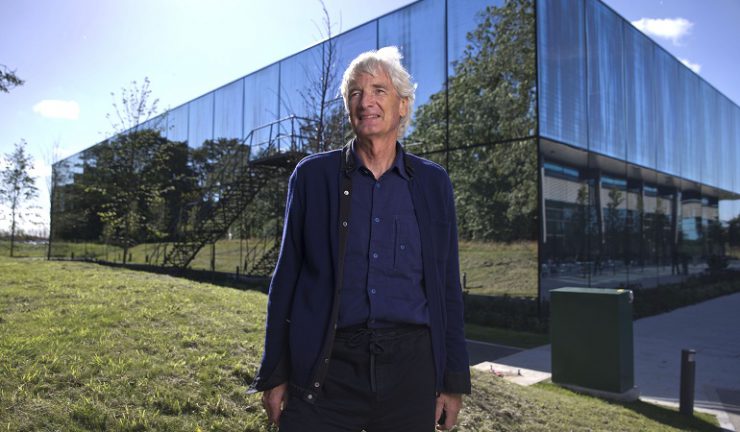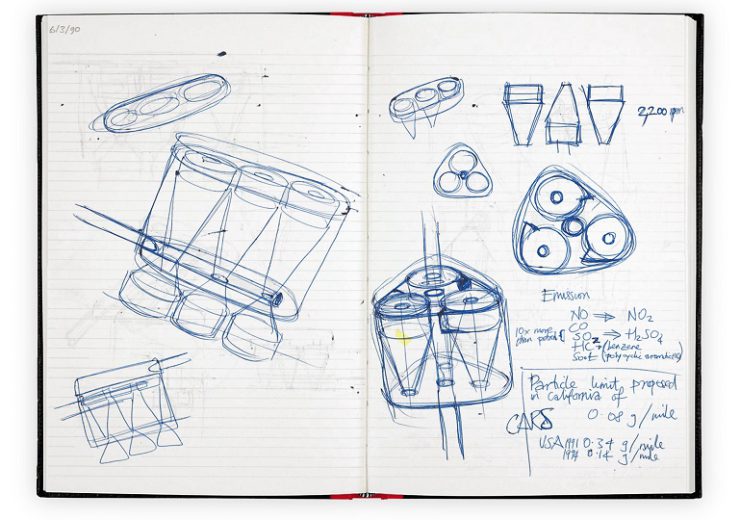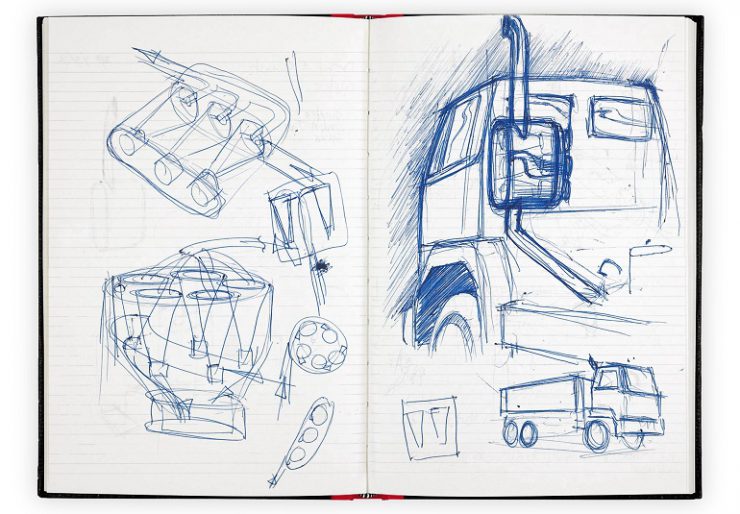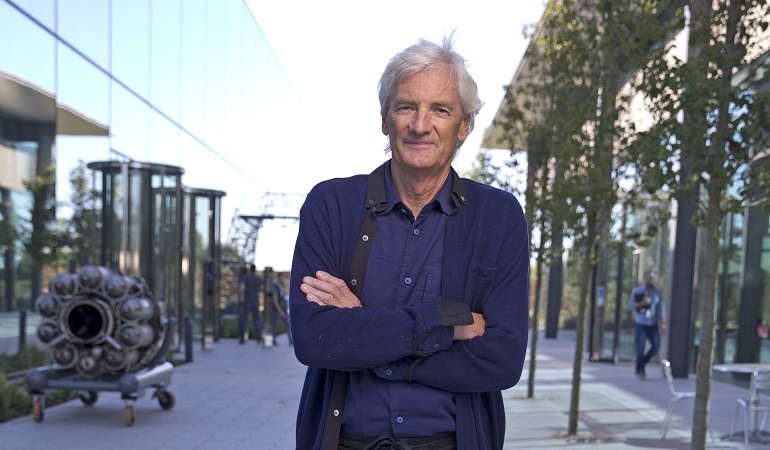With 2 billion Pound investment.
James Dyson has confirmed that the company is working on a battery electric vehicle, due to be launched by 2020. He announced this via an email, to the entire company, which was supplied to Appliance Retailer, stating that, “we finally have the opportunity to bring all our technologies together into a single product”.
The 400-strong team working on the project combines top Dyson engineers with individuals from the automotive industry and the company is “recruiting aggressively” as it commits 2 billion Pounds ($A 3.41 billion) to this endeavour.
In his email, James Dyson said, “The project will grow quickly from here but at this stage we will not release any information. Competition for new technology in the automotive industry is fierce and we must do everything we can to keep the specifics of our vehicle confidential.
“It is our obligation to offer a solution to the world’s largest single environmental risk. I look forward to showing you all what I hope will be something quite unique and better, in due course.”

James Dyson then went on to detail the long-standing in the problem of vehicle pollution.
“In 1988 I read a paper by the US National Institute for Occupational Safety and Health, linking the exhaust from diesel engines to premature death in laboratory mice and rats. In March 1990 a team at Dyson began work on a cyclonic filter that could be fitted on a vehicle’s exhaust system to trap particulates.
“By 1993 we had developed several working prototypes and showed an early iteration to British television program, Blue Peter. The team went on to develop a much more sophisticated technology.

Dyson diesel exhaust particulate filter invented by Dyson in the early 1990s
“To our chagrin, nobody at the time was interested in employing our diesel exhaust capture system and we stopped the project. The industry said that ‘disposing’ of the collected soot was too much of a problem. Better to breathe it in?
“In the period since, governments around the world have encouraged the adoption of oxymoronically designated ‘clean diesel’ engines through subsidies and grants. Major auto manufacturers have circumvented and duped clean air regulations. As a result, developed and developing cities are full of smog-belching cars, lorries and buses. It is a problem that others are ignoring.

“Throughout, it has remained my ambition to find a solution to the global problem of air pollution. Some years ago, observing that automotive firms were not changing their spots, I committed the company to develop new battery technologies. I believed that electrically powered vehicles would solve the vehicle pollution problem. Dyson carried on innovating. The latest digital motors and energy storage systems power the Dyson Supersonic hair dryer and cord-free vacuum line. We’ve relentlessly innovated in fluid dynamics and HVAC systems to build our fans, heaters and purifiers.
“Rather than filtering emissions at the exhaust pipe, today we have the ability to solve it at the source. So I wanted you to hear it directly from me: Dyson has begun work on a battery electric vehicle, due to be launched by 2020.”

